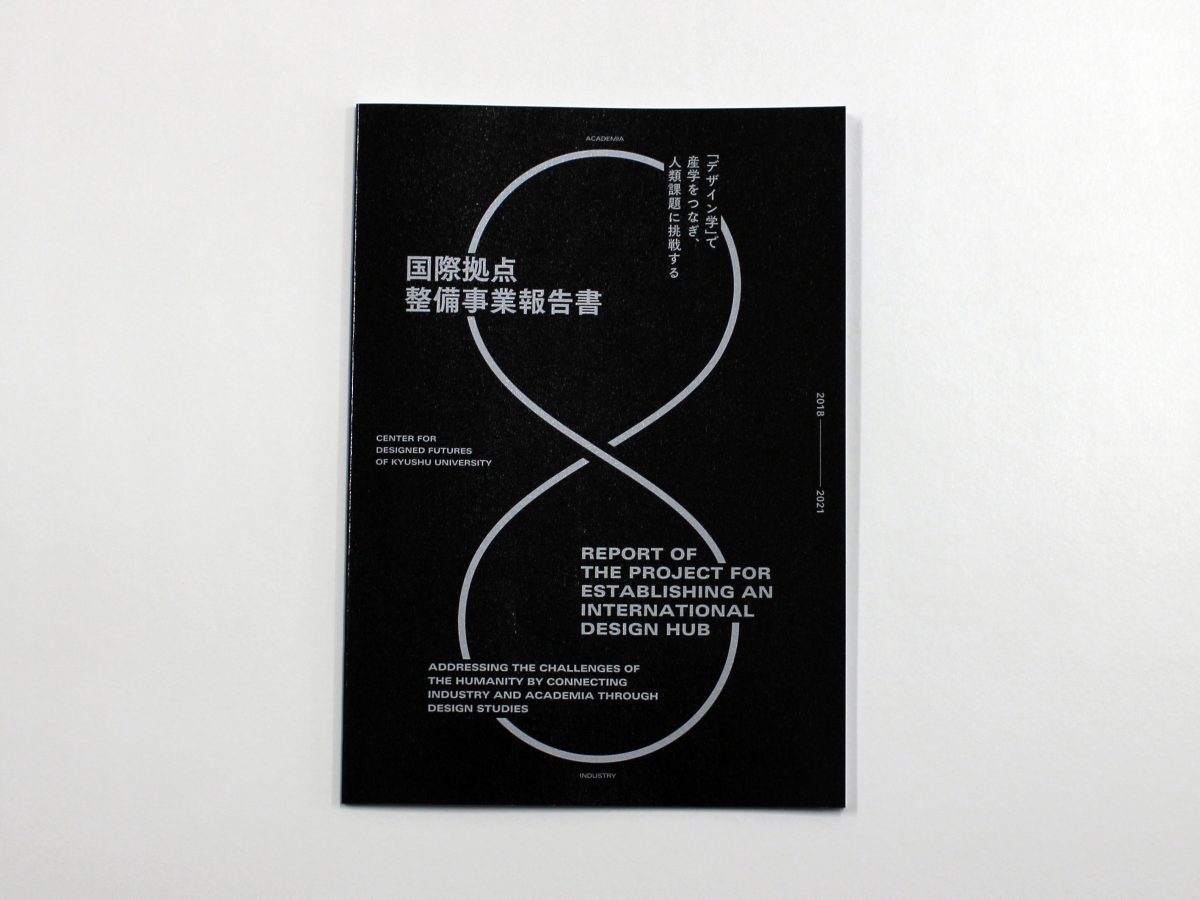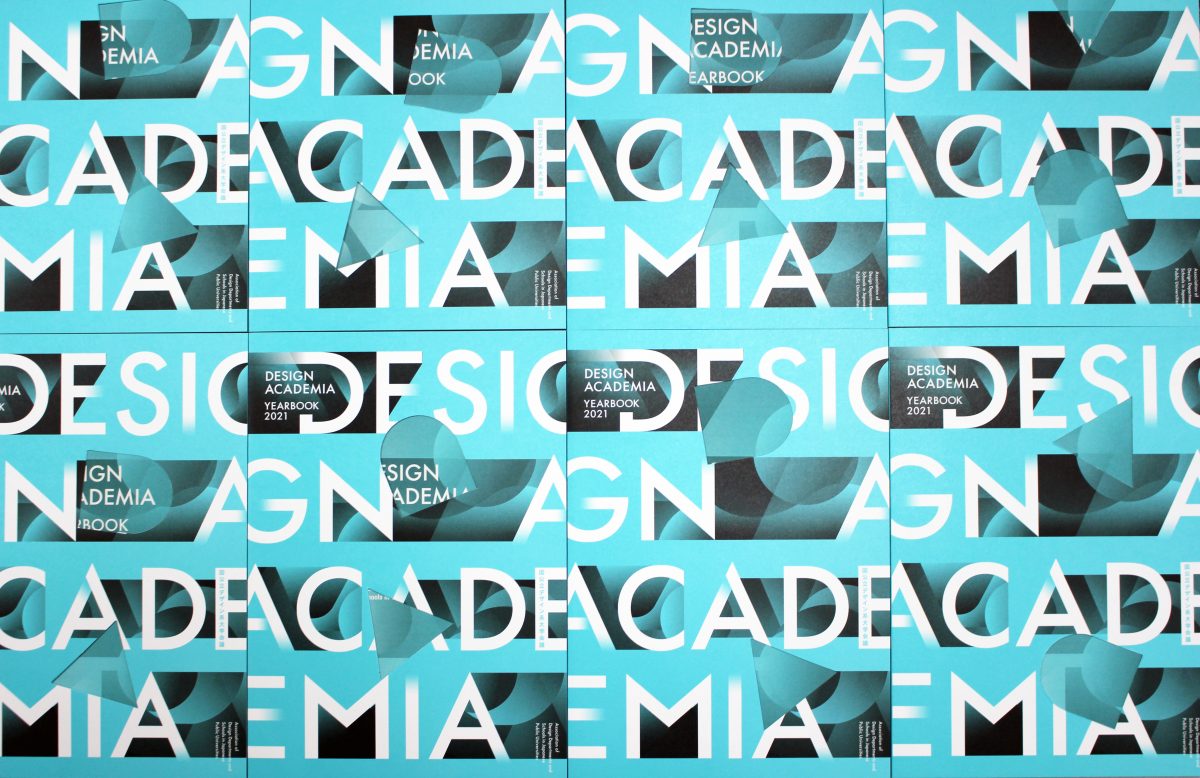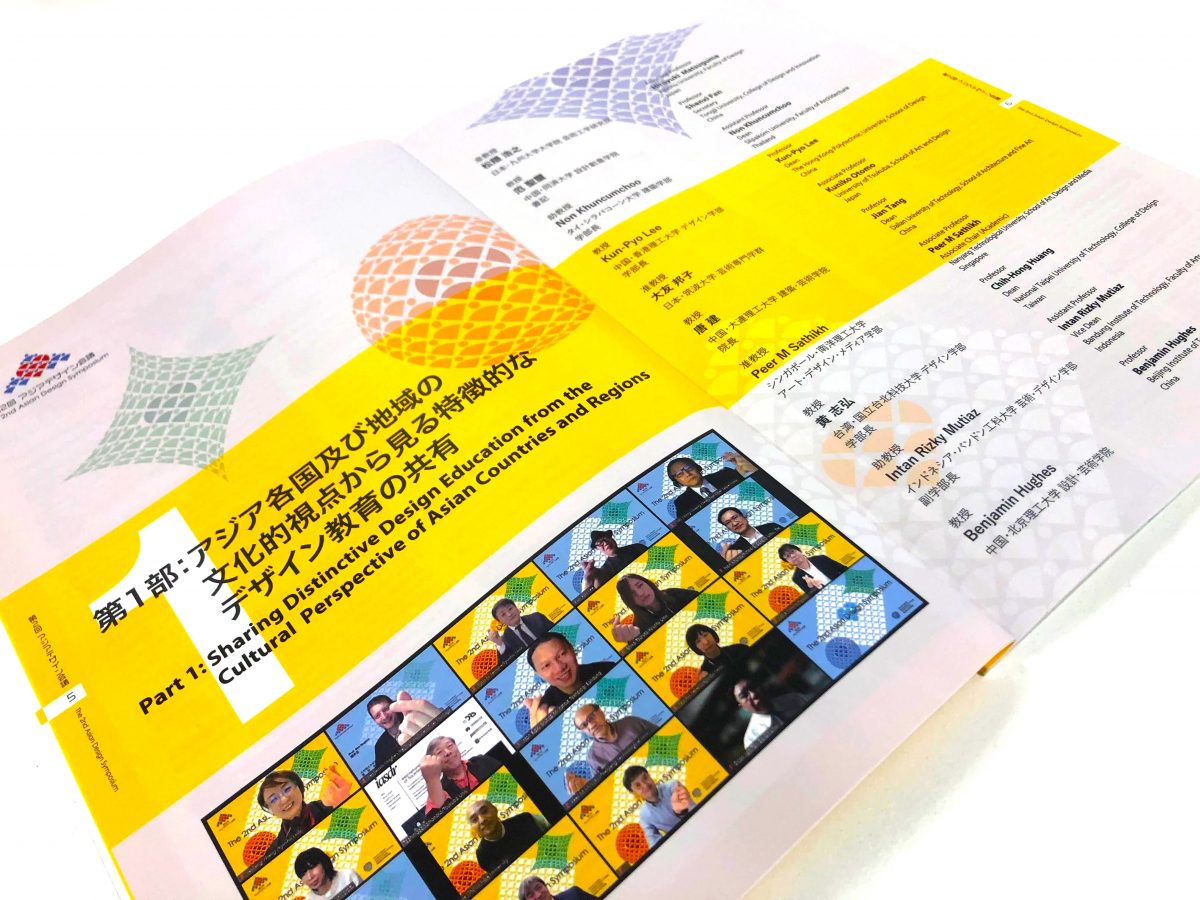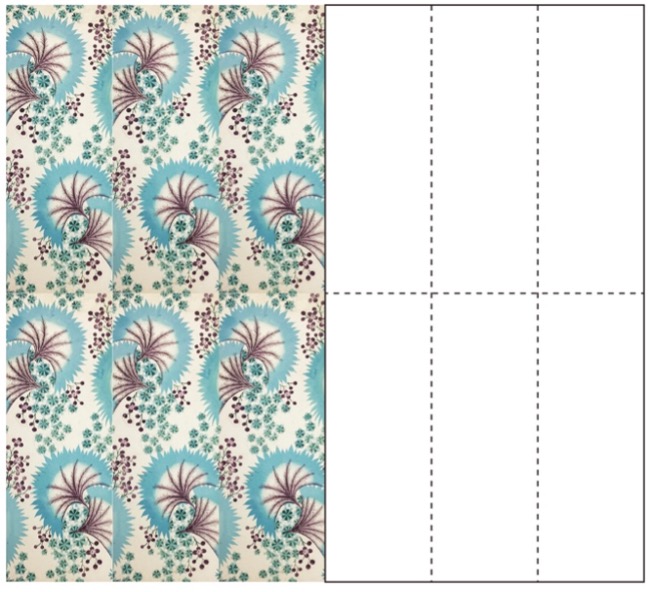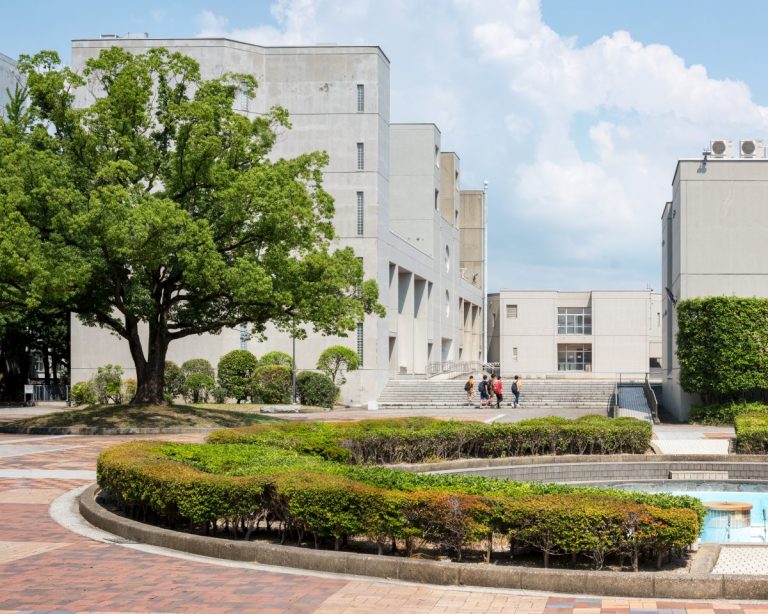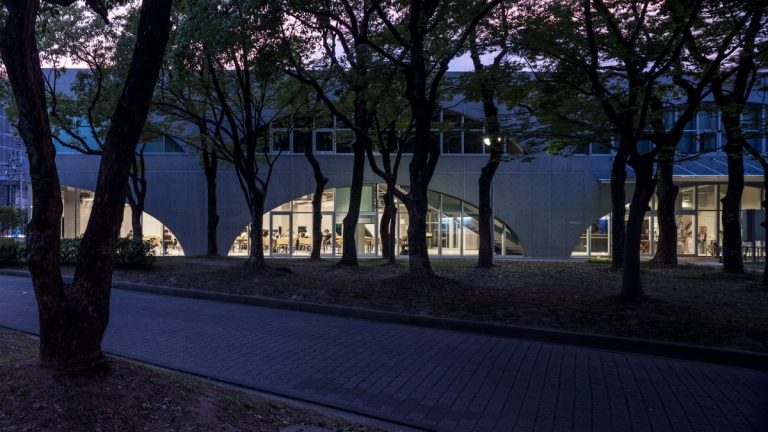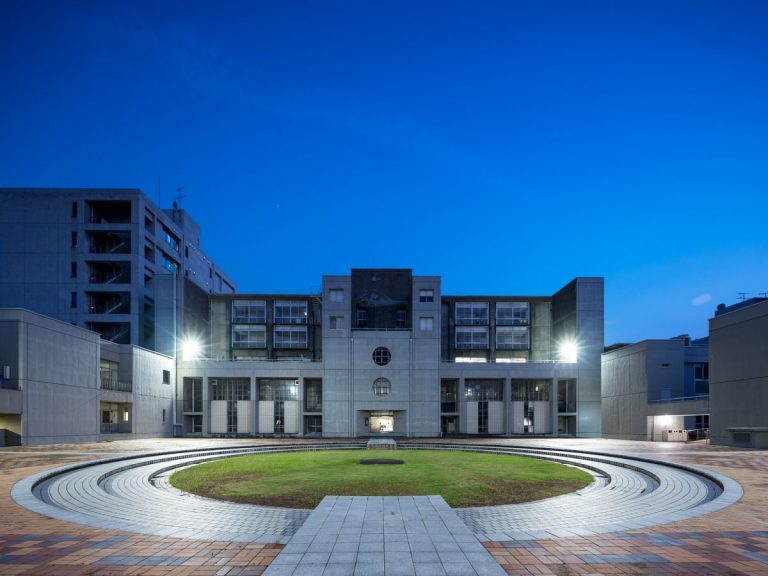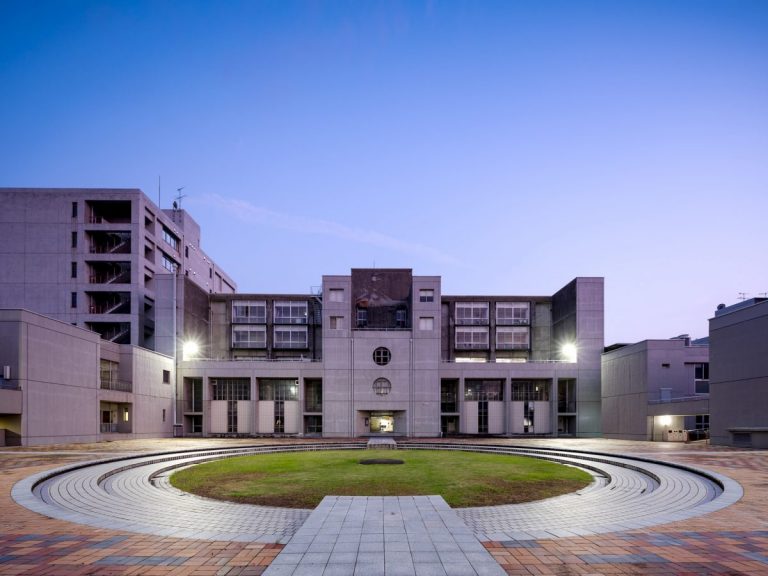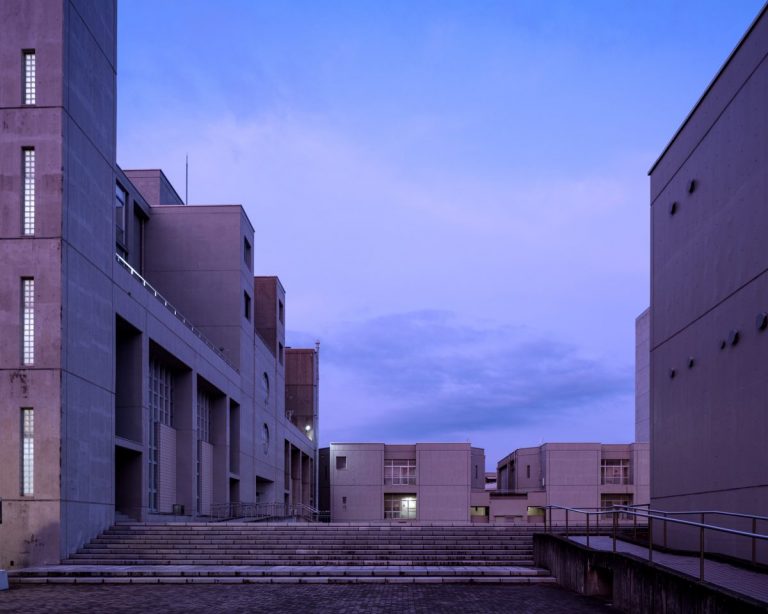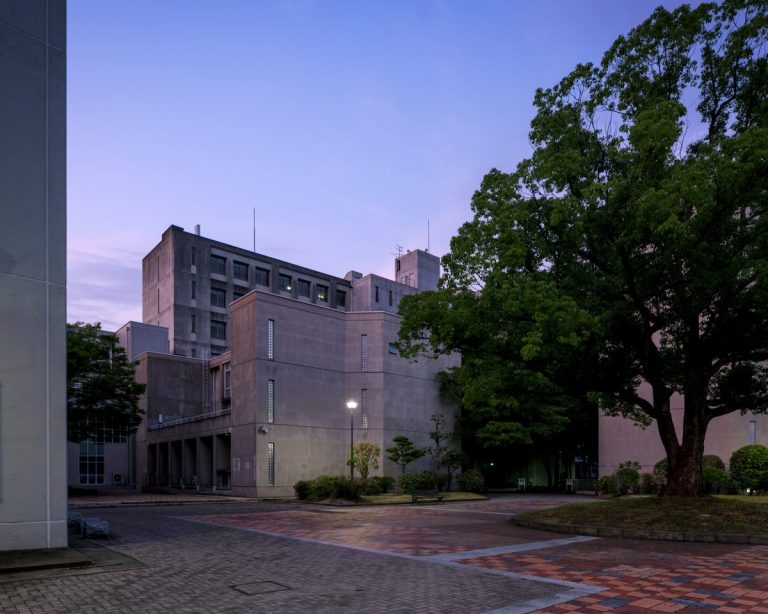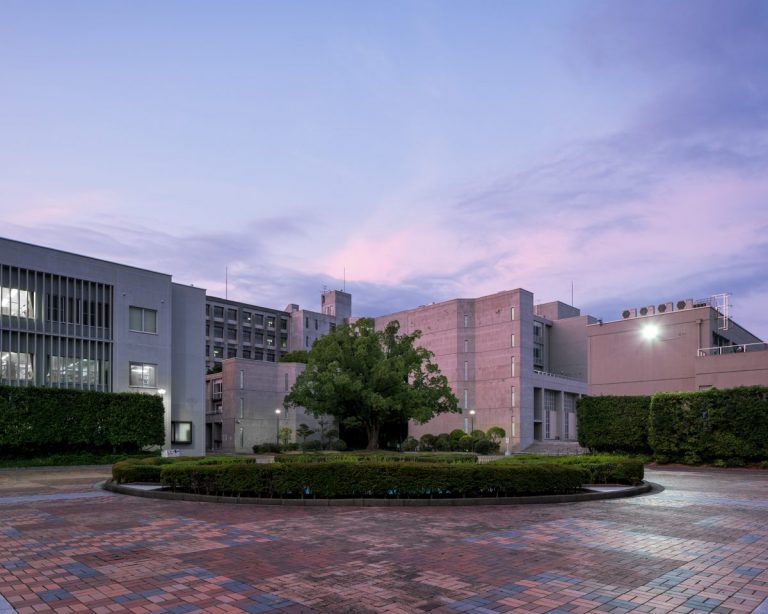About
KID NEXT (Kyudai Innovation Design NEXT) was a project by the Kyushu University Faculty of Design which ran for seven years from 2015 to 2022. The project aimed to build a better future through design in close cooperation with society.
Since the founding of its predecessor the Kyushu Institute of Design in 1968, the Kyushu University Faculty of Design has been engaged in education and research related to design, as well as practical application of design. Its work revolves around "Art and Engineering" (often translated as "design"). Art and Engineering fuses science and technology with the medium in which the human mind is most freely expressed — art.
To continue the development of this "Art and Engineering," KID NEXT worked towards the formation of a global hub for design research. The project collaborated closely with society's diverse stakeholders. Through educational and research projects carried out in collaboration with the world's top universities, research institutions and international organizations, KID NEXT strived to use design to solve social problems. The results of this project—produced based on its Vision and Mission, as below—can be viewed on this website. We hope you will find them useful.
KID NEXT
- Researcher
- Coordinator

Collaborator
- Other univercity
- Company
- Administration
- Citizen
- Researcher
- Creator
Vision
Designing the future of design.
The Kyushu University Faculty of Design's KID NEXT explores new possibilities in the expanding fields of design.
KID NEXT is based on the systemization of design studies. With its emphasis on international cooperation and exchange, the project incorporates a diversity of values, experiences and cultural backgrounds. The project uses design to solve social problems, and seeks to create new forms of diversity-driven design based on the knowledge gained in that process.esigning the future of design.
Mission
Building a foundation for design studies
We pursue design as a scholarly discipline with the goal of systemizing design studies. This systemization is critical for Art and Engineering. By establishing an environment for cutting edge creative work, a key component of creative education, we are laying a foundation for design studies and the future of design.
Establishing an international hub and cooperating with society
We strive to apply our knowledge of design to improve society by building networks within Japan and internationally. At the heart of these efforts are the Center for Designed Futures of Kyushu University and the Kyushu University Faculty of Design's SDGs Design Unit, which contributes towards Sustainable Development Goals (SDGs) in the field of design. We also carry out research fusing business and design in collaboration with the industry, as well as various projects in cooperation with other departments.
Exploring new fields of design
In recent years, new fields of design have arisen, including biodesign and transitional design. We investigate experimental new methodologies for these fields in pursuit of the ever-expanding possibilities of design.
KID NEXT's Strengths
Point 1Diverse researchers of Art and Engineering
A diverse range of researchers is active in the Kyushu University Faculty of Design. United by the principles of Art and Engineering, they are involved in design, engineering, biology, art, philosophy and other subject areas. We also have a wealth of experience with various kinds of collaborative projects. That allows us to provide advice and support from diverse points of view on how to address problems in modern society.
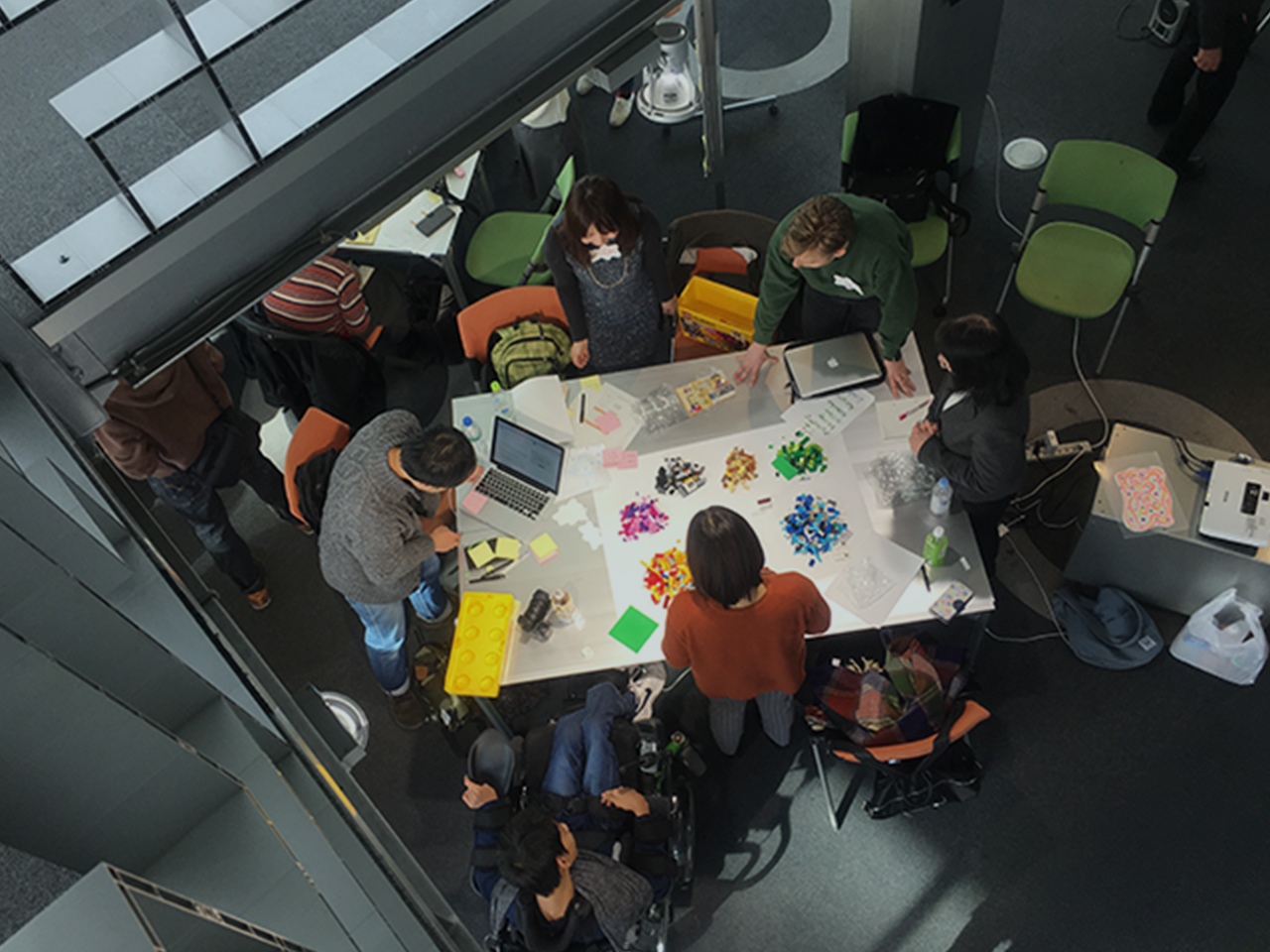
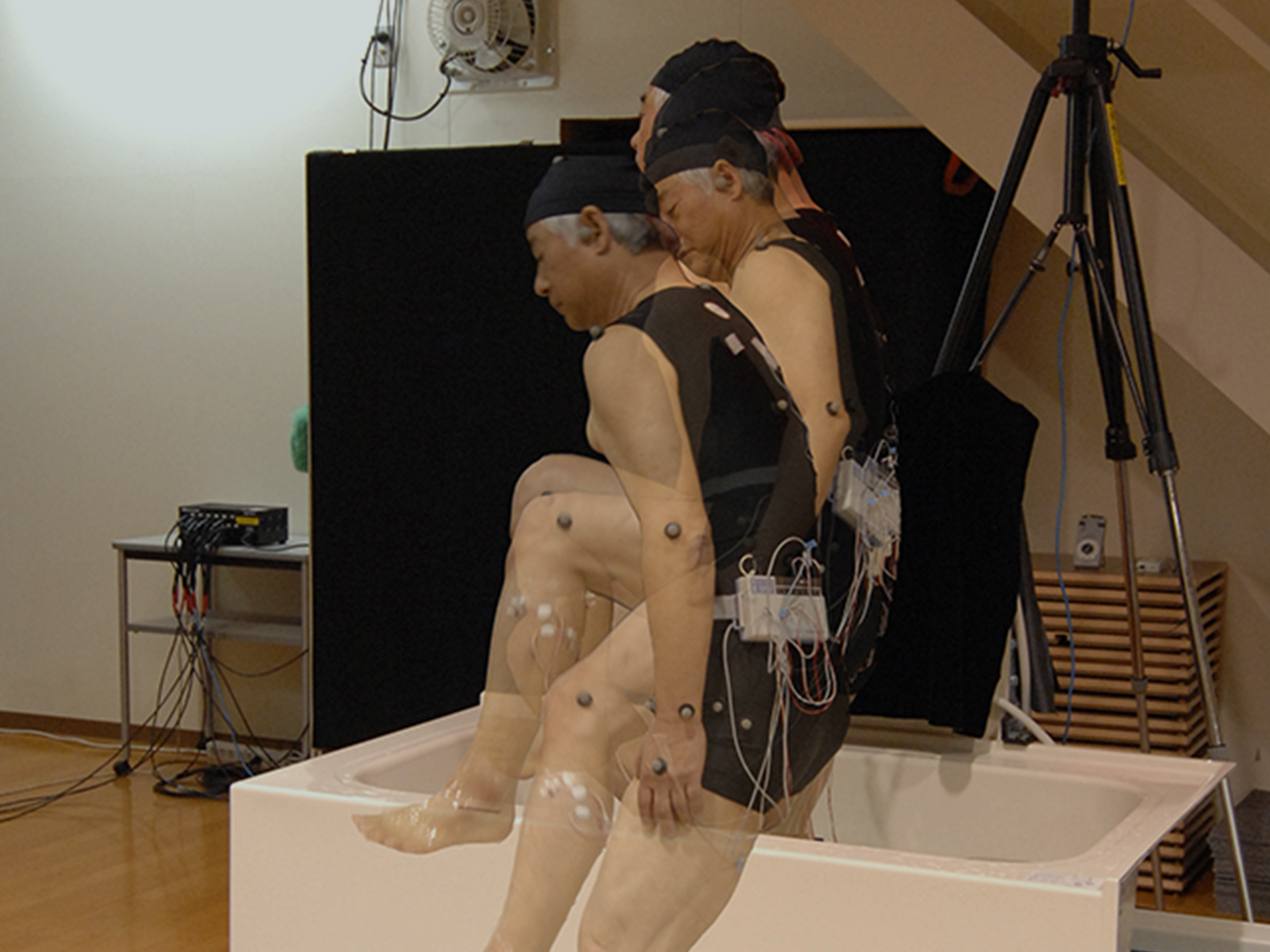
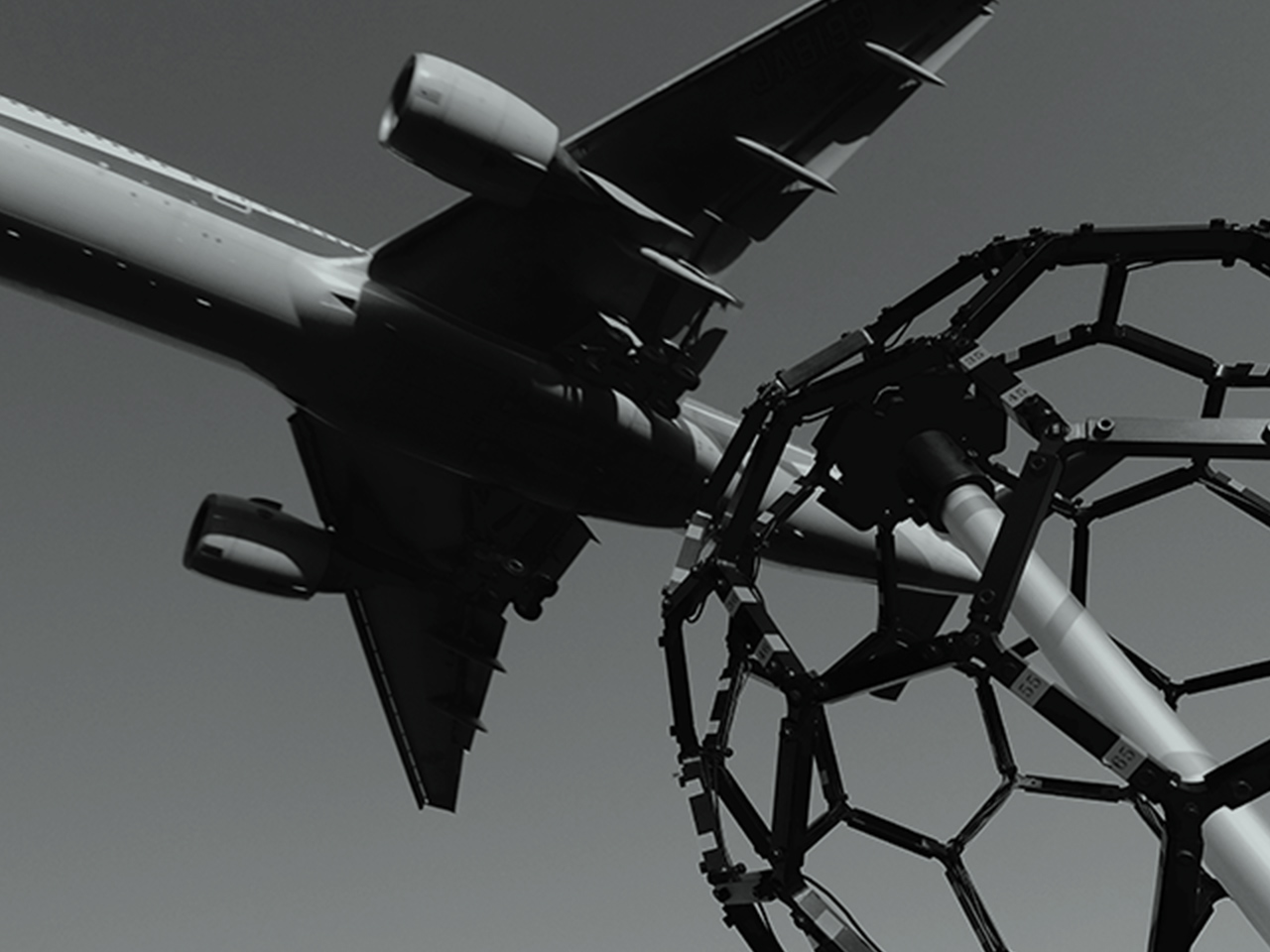
Point 2Extensive specialized experimental facilities
The Kyushu University Faculty of Design has experimental facilities and equipment for each of the diverse range of subjects studied here. Our facilities are suitable even for projects that require extended stay or interdisciplinary projects.
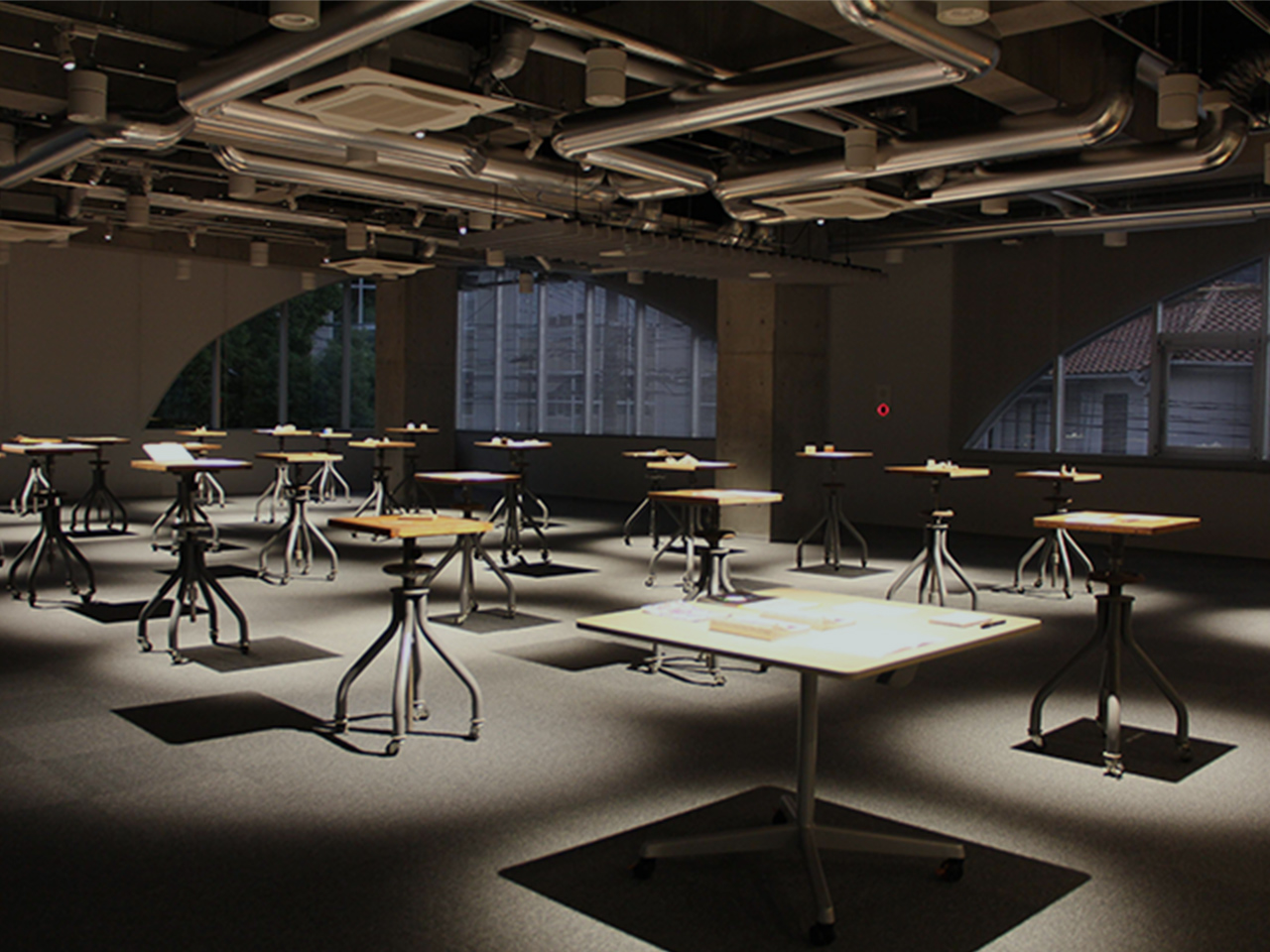
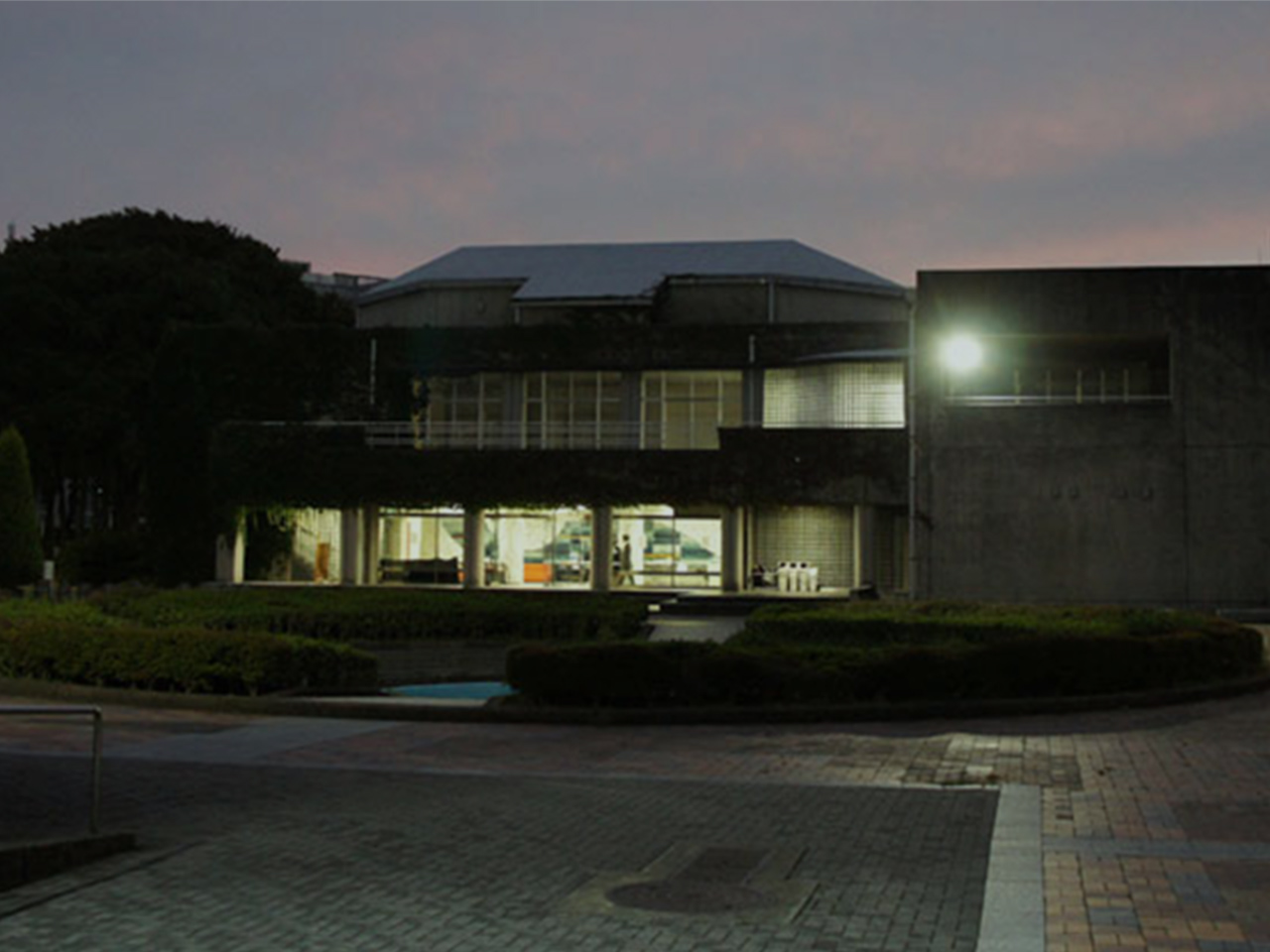
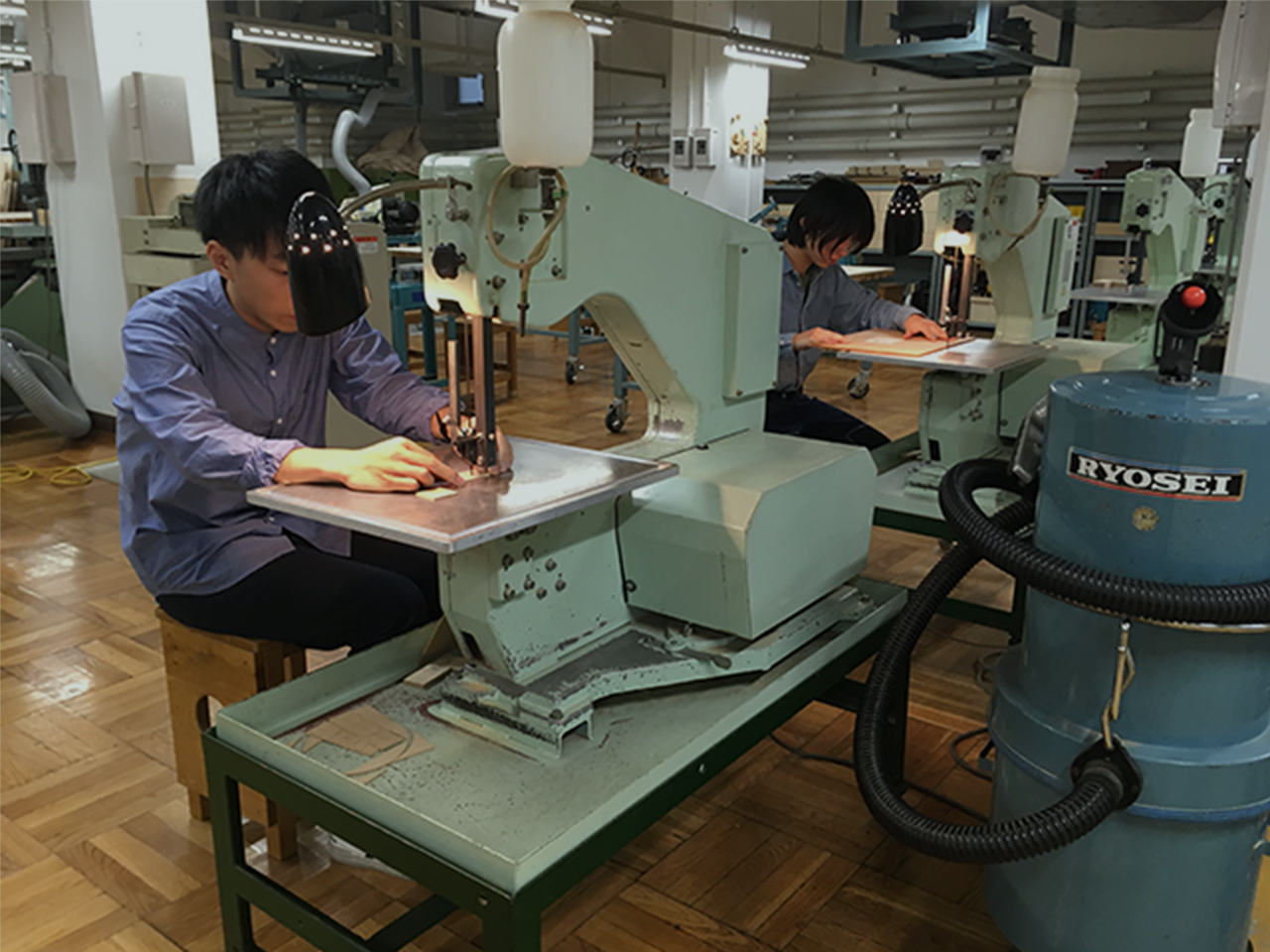
Point 3Metropolitan location
The Kyushu University Faculty of Design is located at the heart of Fukuoka, a highly convenient area that is growing in global prominence. The Fukuoka International Airport, Hakata Station and the downtown area Tenjin can be found nearby, and the area is easily accessible to many countries. That makes it suitable for collaborative projects.
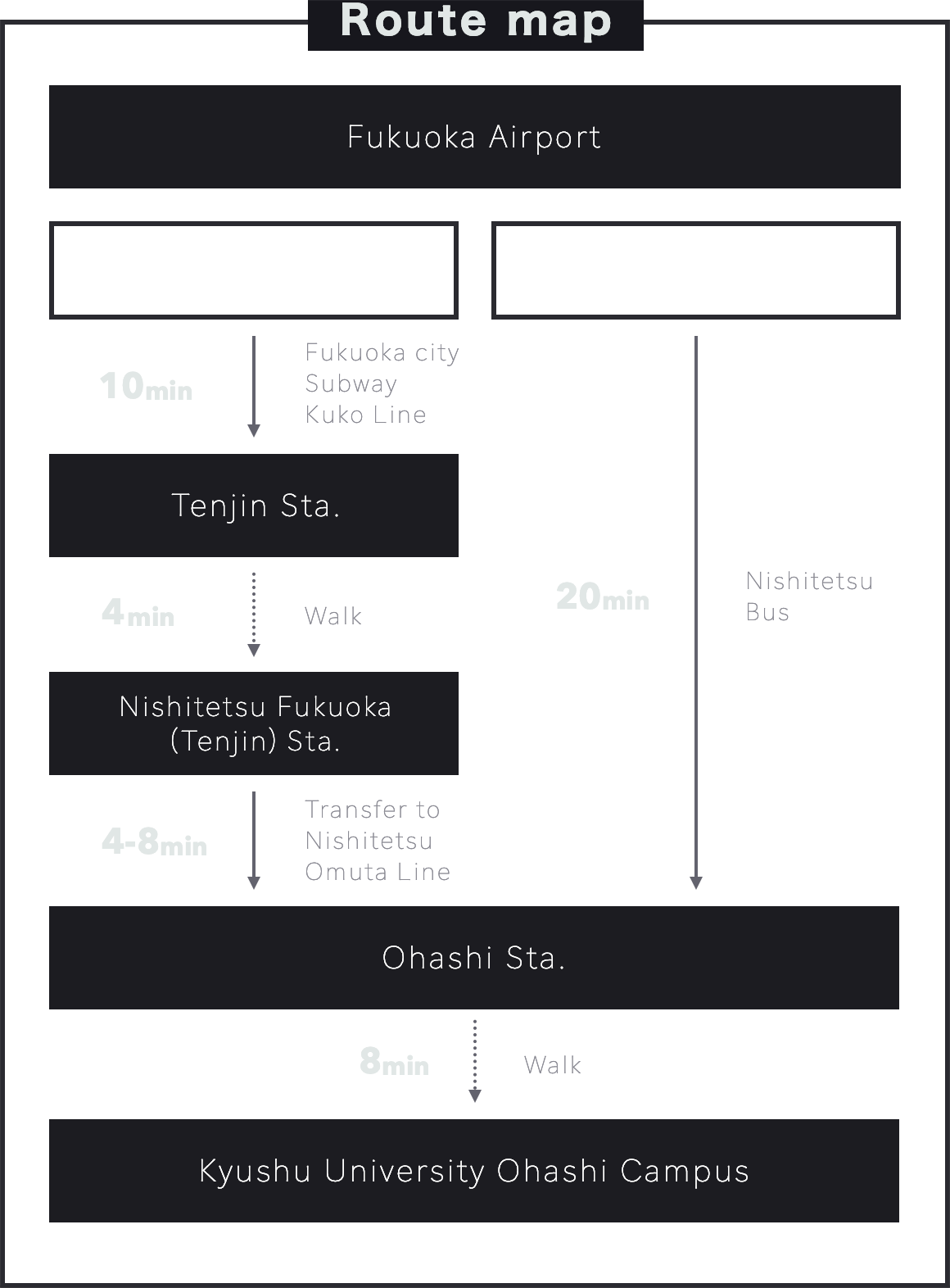
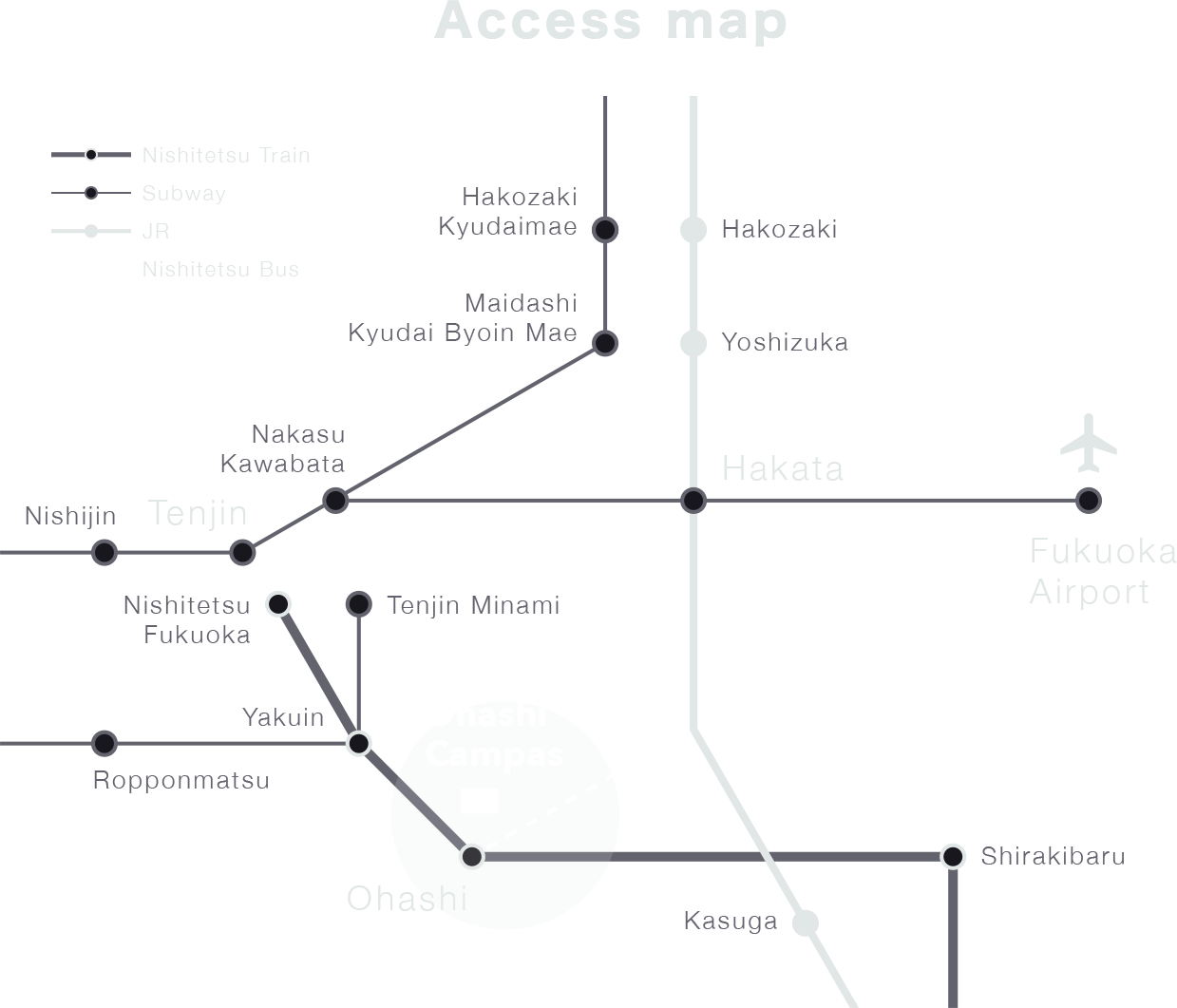
Point 4Domestic and international communities
Our collaborative projects with the world's top educational institutes for design have allowed us to gain practical knowledge and form many connections both within Japan and around the globe. These networks serve as communities for sharing information and continue to contribute to our activities.
Point 5Training designers to solve social problems
The Kyushu Institute of Design (now the Kyushu University School of Design) was founded in 1968. In addition to undertaking projects to resolve modern social problems from a design perspective quickly, the institute focused its efforts on cultivating designers and design talent through design education. We believe that the experience with many collaborative projects is key to nurturing designers who can solve a wide range of social problems.
Search
![九州大学イノベーションデザインネクスト[KID NEXT]](https://www.kidnext.design.kyushu-u.ac.jp/wp-content/themes/kidnext/img/logo_header.png)
